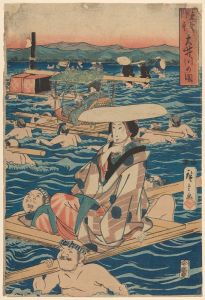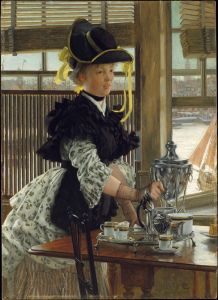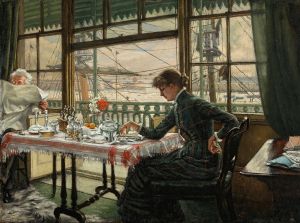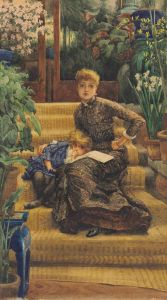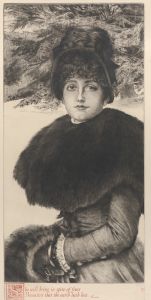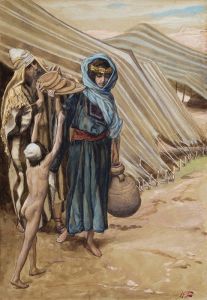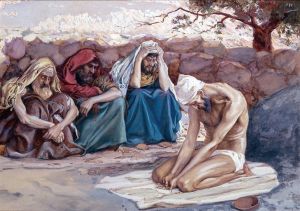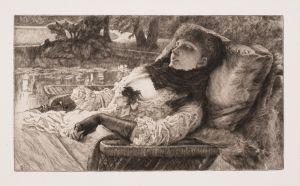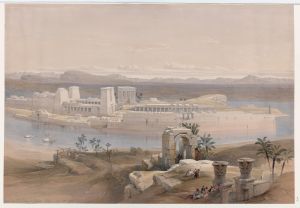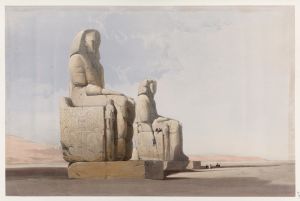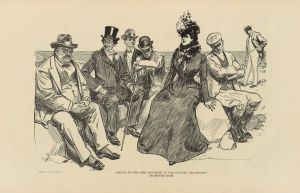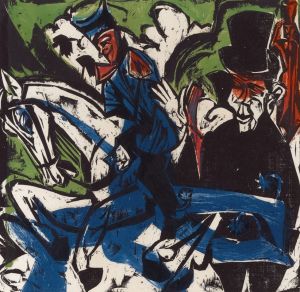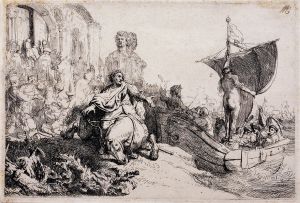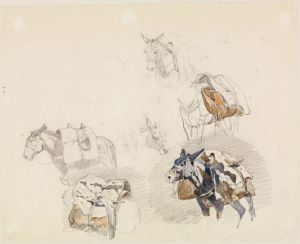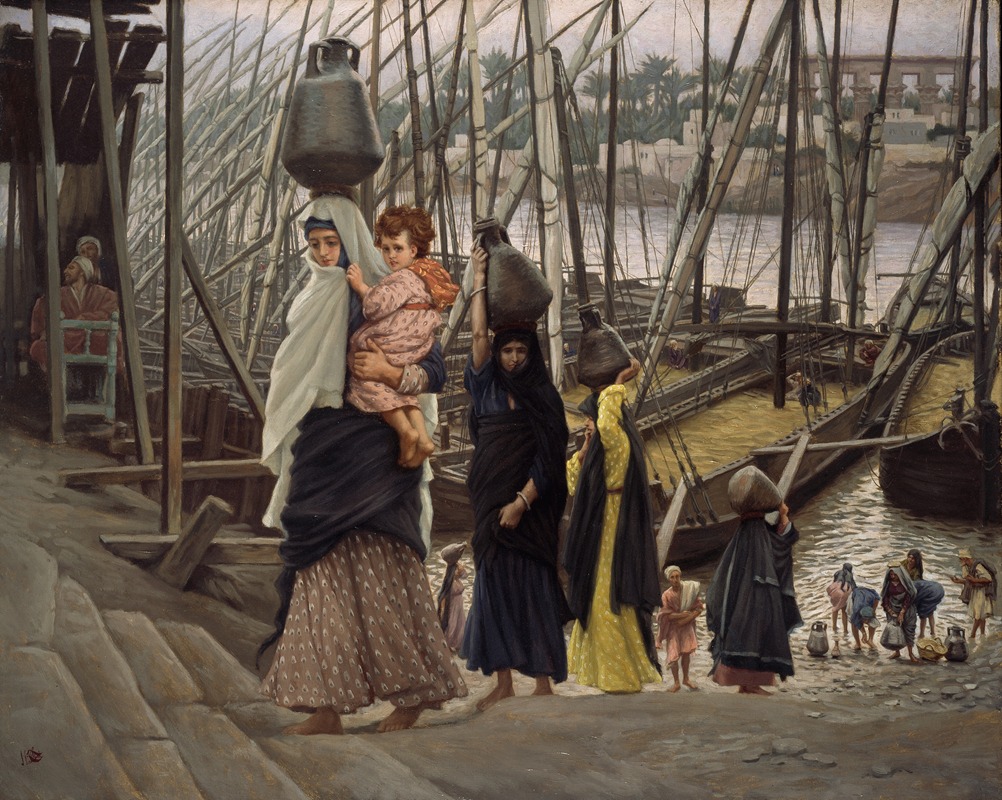
The Sojourn in Egypt
A hand-painted replica of James Tissot’s masterpiece The Sojourn in Egypt, meticulously crafted by professional artists to capture the true essence of the original. Each piece is created with museum-quality canvas and rare mineral pigments, carefully painted by experienced artists with delicate brushstrokes and rich, layered colors to perfectly recreate the texture of the original artwork. Unlike machine-printed reproductions, this hand-painted version brings the painting to life, infused with the artist’s emotions and skill in every stroke. Whether for personal collection or home decoration, it instantly elevates the artistic atmosphere of any space.
"The Sojourn in Egypt" is a painting by the French artist James Tissot, created as part of his extensive series of biblical illustrations. Tissot, born in 1836 and originally known for his society portraits and genre scenes, devoted the latter part of his career to religious art. This shift followed a profound spiritual awakening in the late 1880s. He traveled to the Middle East multiple times to study the landscapes, architecture, and cultural details of the region, aiming to bring historical and geographical accuracy to his depictions of biblical events.
The painting illustrates the Holy Family's time in Egypt, a period described in the Gospel of Matthew (2:13–15). According to the biblical account, Joseph, Mary, and the infant Jesus fled to Egypt to escape King Herod's decree to kill all male infants in Bethlehem. The family's sojourn in Egypt is traditionally understood as a time of refuge and safety until Herod's death allowed them to return to their homeland.
Tissot's work is characterized by meticulous attention to detail, and "The Sojourn in Egypt" reflects his commitment to authenticity. The painting portrays the Holy Family in a humble setting, emphasizing their humanity and the simplicity of their life in exile. Tissot's use of watercolor, his preferred medium for the biblical series, lends a delicate and luminous quality to the scene. The composition is marked by its naturalistic depiction of the figures and surroundings, informed by Tissot's firsthand observations during his travels.
"The Sojourn in Egypt" is part of Tissot's larger project, "The Life of Christ," a series of over 350 watercolors illustrating the New Testament. This monumental work was completed between 1886 and 1894 and was widely acclaimed for its combination of artistic skill and scholarly rigor. The series was first exhibited in Paris and later toured internationally, drawing large audiences. It was eventually acquired by the Brooklyn Museum in New York, where it remains a significant part of the museum's collection.
Today, "The Sojourn in Egypt" is appreciated not only for its artistic merit but also for its role in Tissot's broader effort to bring biblical narratives to life through art. The painting exemplifies his dedication to merging faith, history, and artistry in a way that continues to resonate with viewers.





